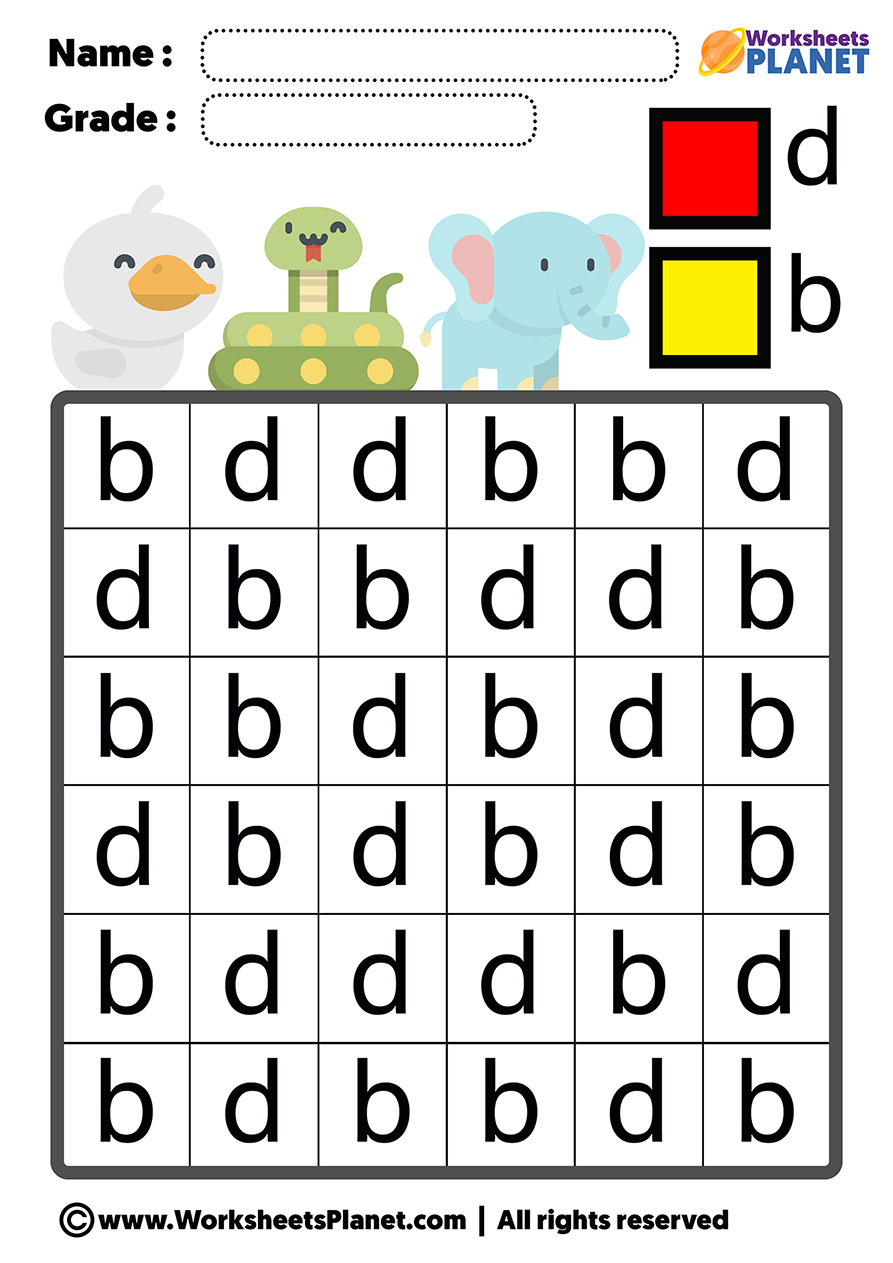5 Ohm's Law Problems to Boost Your Skills

Understanding Ohm's Law

Ohm's Law is a fundamental principle in electrical engineering and physics that defines the relationship between voltage (V), current (I), and resistance (R). The law is expressed in the equation:
- V = I * R
This formula is the key to solving various electrical circuits problems. Let's dive into some Ohm's Law problems to enhance our understanding and practical application skills.
Problem 1: Basic Ohm's Law Calculation

Given the voltage across a resistor is 12 volts and the current through it is 3 amperes, find the resistance of the resistor.
Solution:
- R = V / I
- R = 12 volts / 3 amperes
- R = 4 ohms
✍️ Note: Ensure you have the correct units; volts for voltage, amperes for current, and ohms for resistance.
Problem 2: Calculating Voltage

An LED lamp requires a current of 0.3 amperes to operate. The resistance of the lamp is 20 ohms. Determine the voltage required to power the LED lamp.
Solution:
- V = I * R
- V = 0.3 amperes * 20 ohms
- V = 6 volts
Problem 3: Current in a Series Circuit

In a series circuit containing three resistors of 5 ohms, 10 ohms, and 15 ohms, what is the total current if the voltage source supplies 30 volts?
Solution:
- First, calculate the total resistance (Rtotal) in the circuit.
- Rtotal = R1 + R2 + R3 = 5 ohms + 10 ohms + 15 ohms = 30 ohms
- Now, use Ohm's Law to find the current:
- I = V / Rtotal = 30 volts / 30 ohms = 1 ampere
Problem 4: Resistance in Parallel

Two resistors, one of 4 ohms and another of 6 ohms, are connected in parallel. What is the equivalent resistance (Req)?
Solution:
- For resistors in parallel, the reciprocal of the equivalent resistance is the sum of the reciprocals of each resistor.
- 1/Req = 1/R1 + 1/R2 = 1/4 + 1/6
- 1/Req = (3/12 + 2/12) = 5/12
- Req = 12/5 ohms = 2.4 ohms
Problem 5: Power Dissipation

Given a resistor of 10 ohms in a circuit with a 9-volt battery, calculate the power dissipated by the resistor.
Solution:
- We use the formula P = V2/R, where P is power, V is voltage, and R is resistance.
- P = (9 volts)2 / 10 ohms = 81 / 10 = 8.1 watts
💡 Note: Power dissipation is also represented as P = I2 * R or P = V * I. Choose the formula that fits your known variables best.
In conclusion, understanding Ohm's Law and applying it to solve various problems can significantly enhance your skills in electronics. From basic calculations to handling series and parallel circuits, these problems showcase how versatile and essential this law is in the realm of electrical engineering. By practicing with these scenarios, you sharpen your ability to work with electrical components and circuits efficiently.
Why is Ohm’s Law important in electronics?

+
Ohm’s Law helps in designing, troubleshooting, and understanding the behavior of electrical circuits by providing a simple relationship between voltage, current, and resistance.
How can I remember the formula for power dissipation?

+
Remember the formula P = V * I or use the mnemonic “VIP” (Voltage Into Power). Also, P = I2 * R or P = V2/R can be useful depending on what variables are known.
What are the practical applications of Ohm’s Law?

+
Practical applications include:
- Designing circuits
- Testing and selecting components
- Ensuring safe electrical operation



